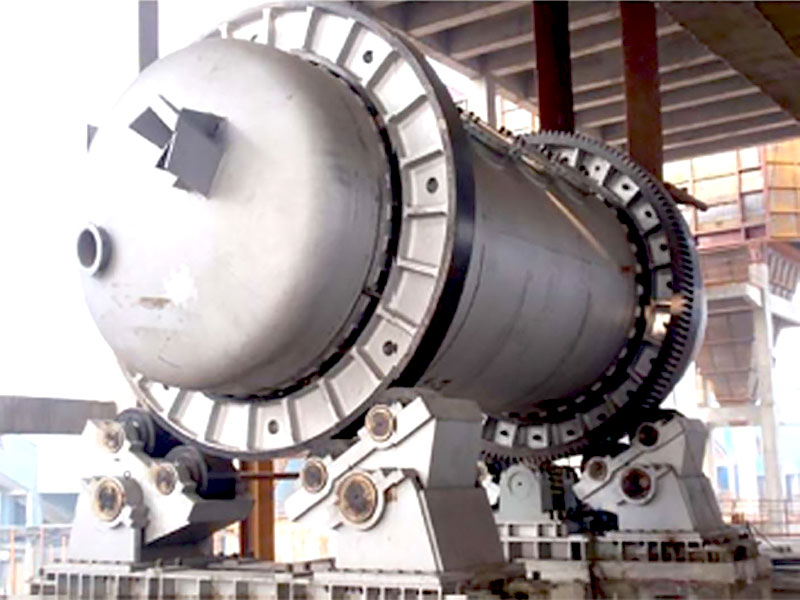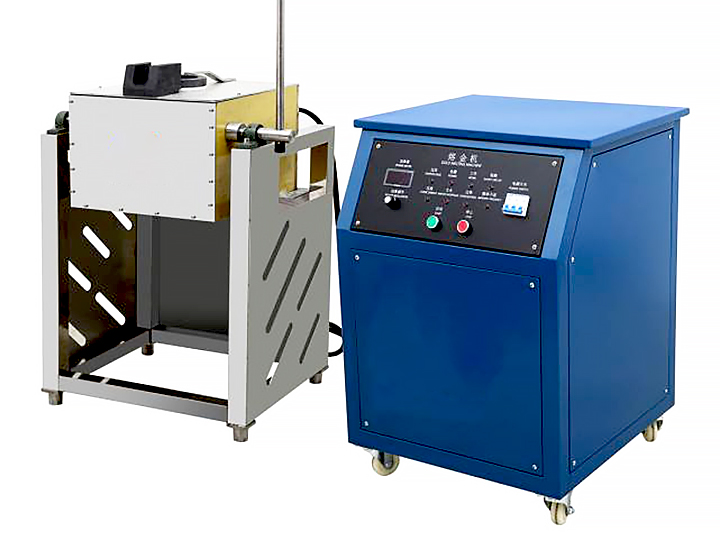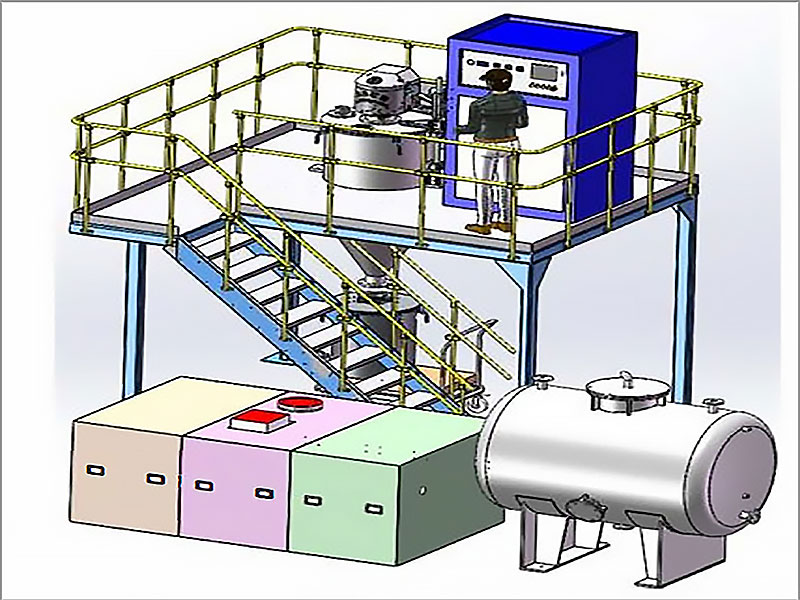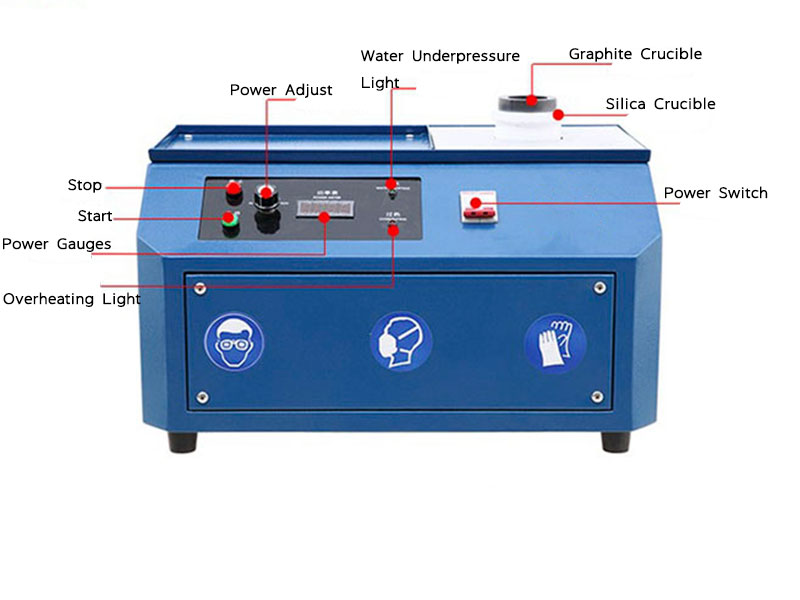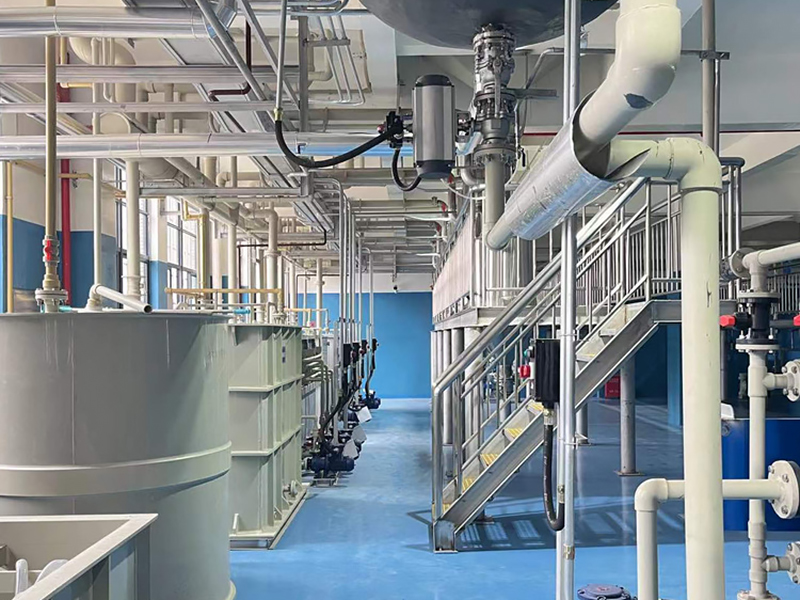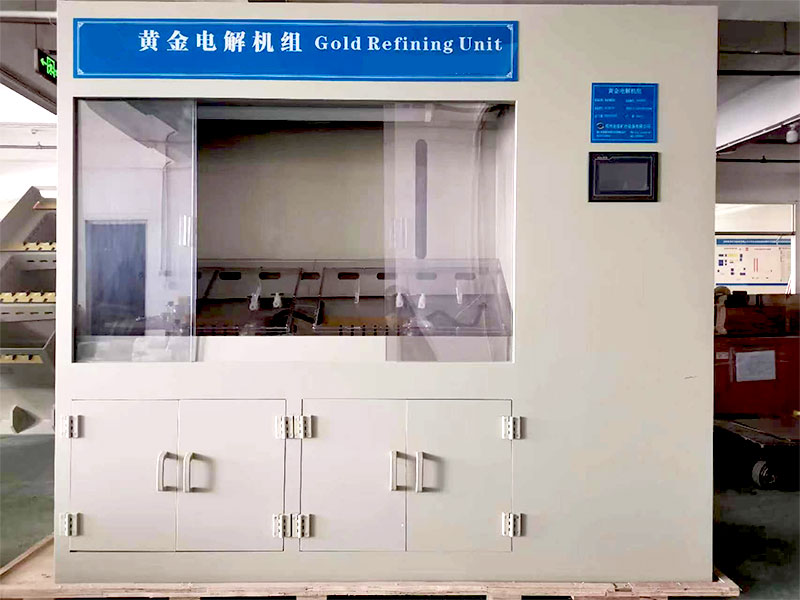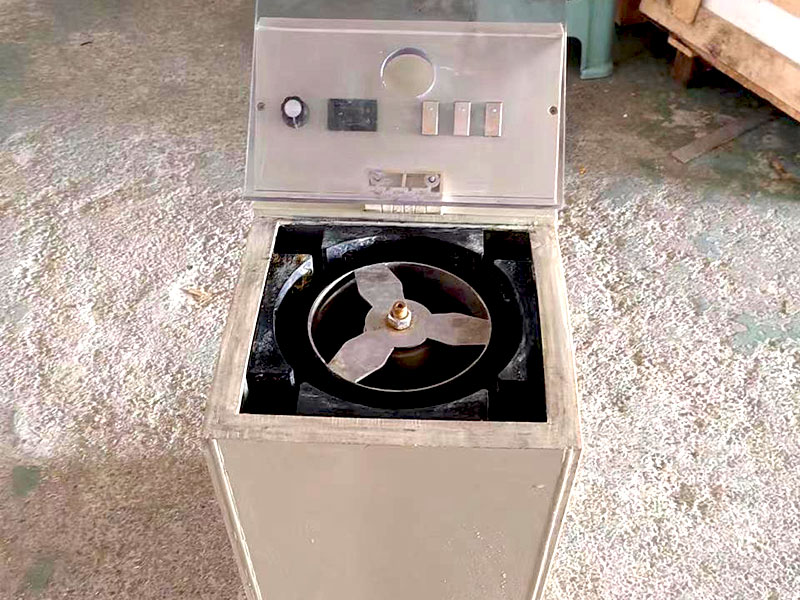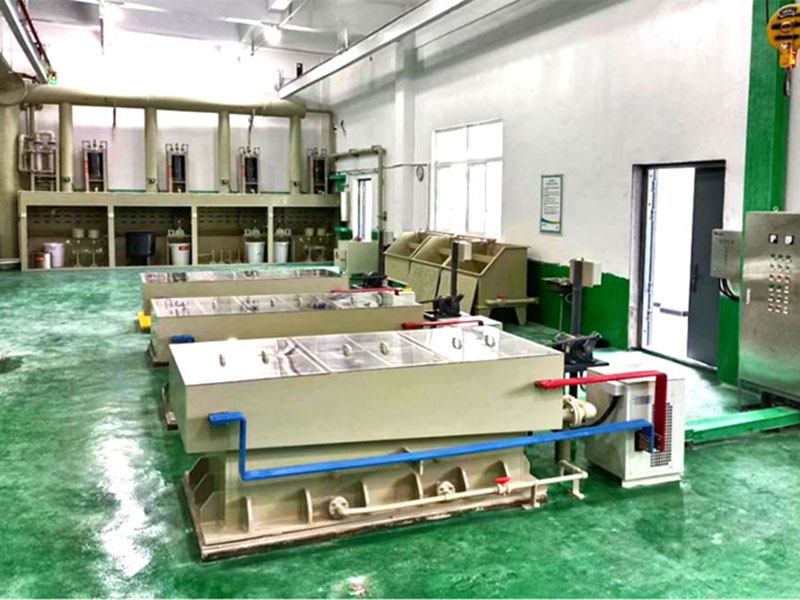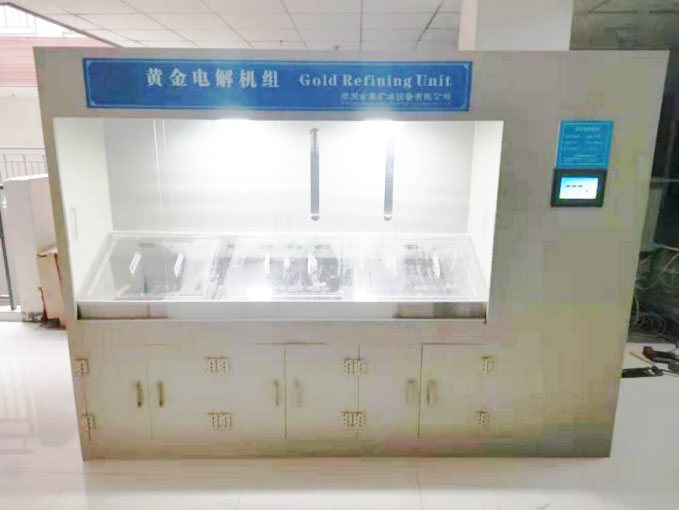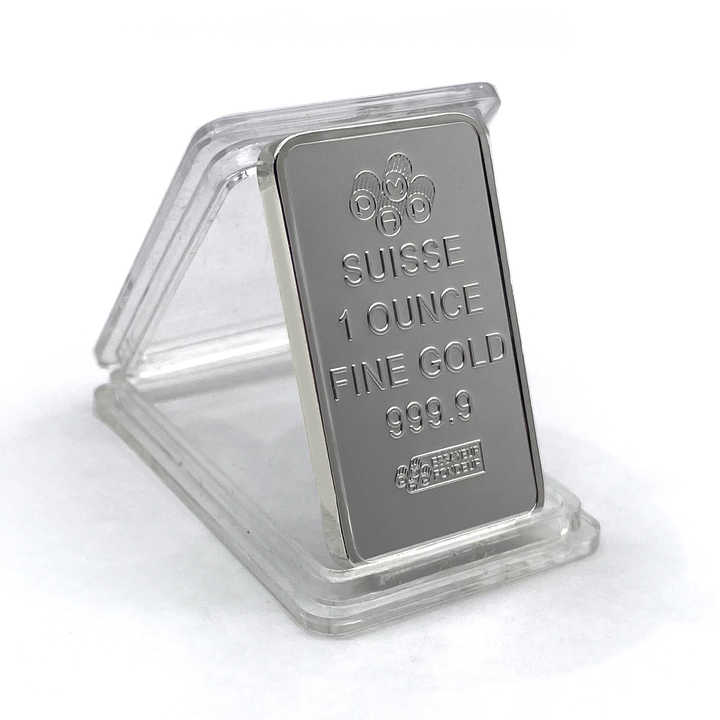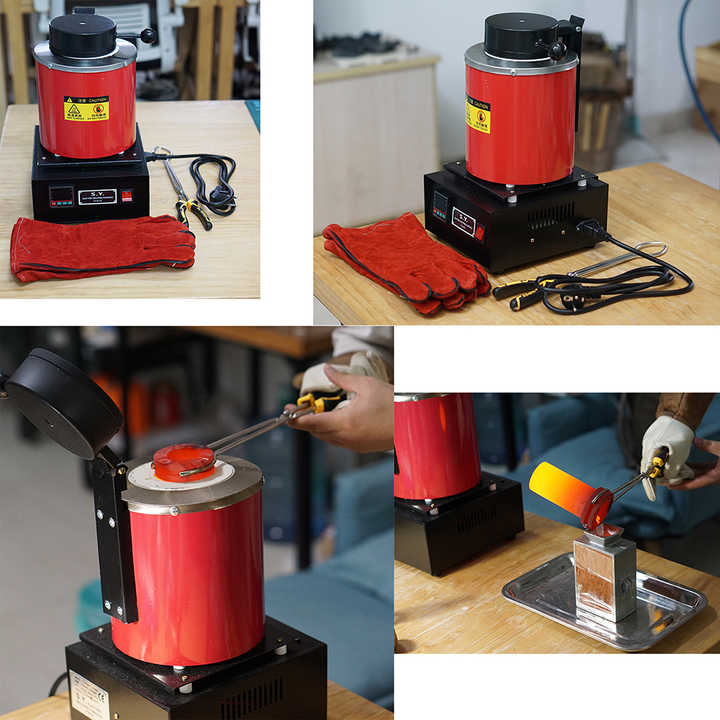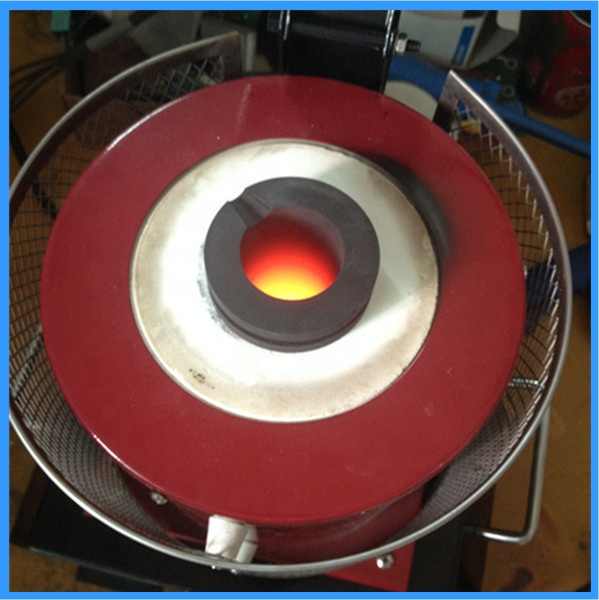diy smelting furnace for melting silver
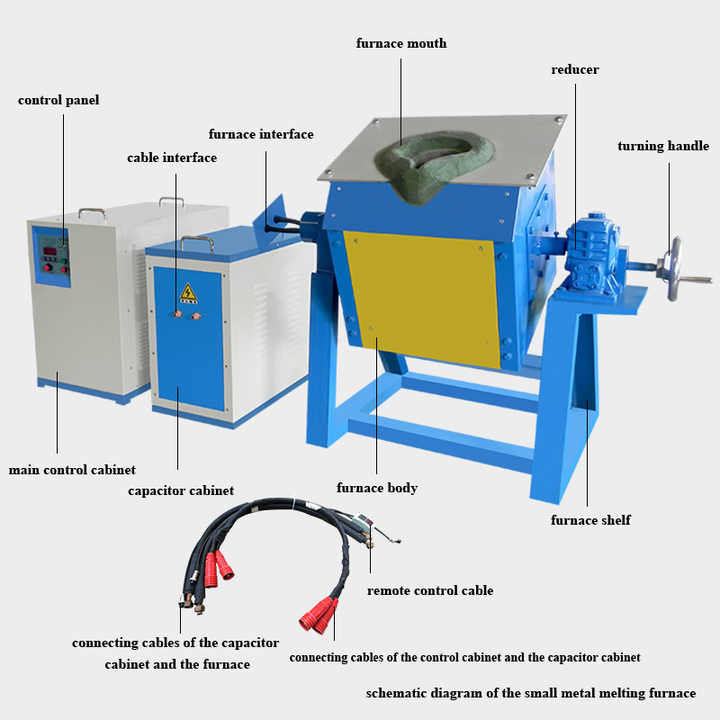
DIY Smelting Furnace for Melting Silver
Building a DIY smelting furnace for melting silver is a rewarding project for those interested in refining precious metals at home. This guide provides a detailed overview of how to construct a DIY smelting furnace, covering the necessary materials, steps, and safety considerations. Whether you’re a hobbyist or a small-scale refiner, creating your own smelting furnace can offer both cost savings and the satisfaction of custom craftsmanship.
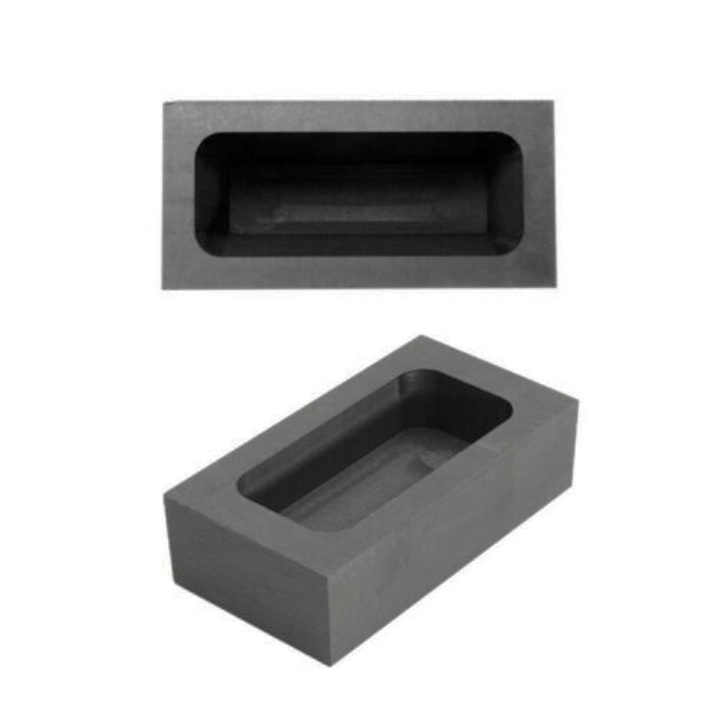
Understanding the Need for a DIY Smelting Furnace
A DIY smelting furnace for melting silver is essential for anyone looking to melt and refine silver outside of a professional setting. Silver has a melting point of approximately 961°C (1,764°F), so the furnace must be capable of reaching and maintaining these high temperatures. A well-constructed furnace ensures that the melting process is efficient and that the silver is refined effectively.
Essential Materials and Tools
To build a DIY smelting furnace for melting silver, you will need several materials and tools. Each component plays a crucial role in ensuring that the furnace operates safely and efficiently.
Furnace Chamber
The furnace chamber is where the smelting occurs. It should be constructed from heat-resistant materials such as firebrick or refractory cement. These materials are designed to withstand high temperatures and insulate the furnace effectively.
Heating Element
The heating element provides the necessary heat to melt the silver. For a DIY furnace, you can use either an electric heating coil or a propane burner. Electric heating elements are ideal for precise temperature control, while propane burners offer high heat output for larger batches.
Crucible
A crucible is used to hold the silver during the melting process. It must be made from materials that can endure extreme heat, such as graphite or ceramic. The crucible should fit snugly inside the furnace chamber to ensure efficient heating.
Insulation
Proper insulation is crucial for maintaining high temperatures and improving furnace efficiency. Insulation materials like ceramic fiber blanket or insulating bricks can be used to line the furnace chamber and prevent heat loss.
Safety Gear
Safety gear is essential when operating a DIY smelting furnace. This includes heat-resistant gloves, safety goggles, and a face shield to protect against molten metal splashes and high temperatures.
Building the DIY Smelting Furnace
Constructing a DIY smelting furnace for melting silver involves several steps. Each step is designed to ensure that the furnace functions properly and safely.
1. Design the Furnace
Start by planning the design of your furnace. Decide on the size and shape based on the volume of silver you plan to melt. Common designs include box-shaped furnaces or cylindrical kilns. Ensure that your design includes adequate space for the crucible and heating element.
2. Construct the Furnace Chamber
Using firebrick or refractory cement, build the furnace chamber according to your design. The chamber should be sturdy and insulated to withstand the high temperatures required for melting silver. Make sure to leave an opening for the heating element and a vent for gases.
3. Install the Heating Element
Install the heating element in the furnace chamber. If using a propane burner, secure it in place and connect it to a gas source. For an electric heating element, ensure that it is properly wired and connected to a power source. Position the heating element so that it provides even heat distribution.
4. Add Insulation
Line the interior of the furnace chamber with insulation material. This helps retain heat and improves the efficiency of the smelting process. Ensure that the insulation is securely in place and covers all surfaces.
5. Prepare the Crucible
Select a crucible made from a heat-resistant material and place it inside the furnace chamber. The crucible should be large enough to hold the amount of silver you plan to melt. Ensure that the crucible is positioned correctly to receive heat evenly from the heating element.
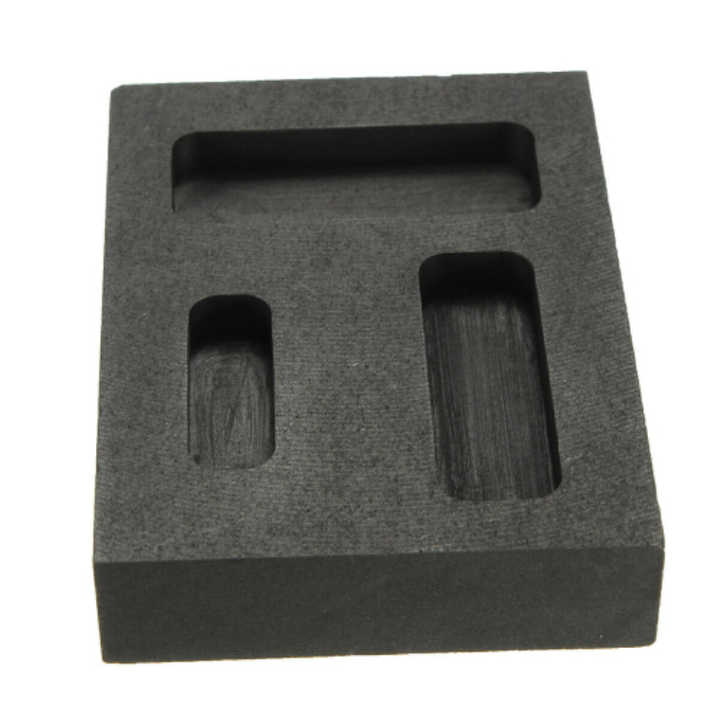
Using the DIY Smelting Furnace
Once your DIY smelting furnace is built, it’s important to operate it correctly to achieve successful results.
1. Prepare the Silver and Flux
Gather the silver you intend to melt and any necessary flux. Flux helps to remove impurities from the silver during the melting process. Common fluxes include borax and soda ash.
2. Heat the Furnace
Turn on the heating element and gradually raise the temperature of the furnace. Monitor the temperature closely to ensure it reaches the melting point of silver, approximately 961°C (1,764°F). Allow the furnace to stabilize at this temperature before adding the silver.
3. Melt the Silver
Place the silver and flux into the crucible and insert it into the furnace chamber. Allow the silver to melt completely, stirring occasionally to ensure even melting and the removal of impurities. The flux will form a layer on top of the molten silver, which should be skimmed off once the melting is complete.
4. Pour and Cool
Once the silver is fully melted, carefully remove the crucible from the furnace using tongs. Pour the molten silver into a mold and allow it to cool and solidify. Handle the crucible with care to avoid burns or spills.
Safety Considerations
Operating a DIY smelting furnace for melting silver involves several safety risks. Follow these precautions to ensure a safe smelting process:
- Ventilation: Ensure the furnace is operated in a well-ventilated area to prevent the buildup of harmful fumes.
- Protective Gear: Always wear heat-resistant gloves, safety goggles, and a face shield to protect against hot metal and debris.
- Fire Safety: Keep a fire extinguisher nearby in case of emergencies. Avoid flammable materials in the vicinity of the furnace.
- Temperature Control: Monitor the furnace temperature closely to prevent overheating and potential damage to the furnace or injury.
Building and operating a DIY smelting furnace for melting silver can be a rewarding project for those interested in refining metals at home. By selecting the right materials, following the proper construction steps, and adhering to safety guidelines, you can create an efficient and effective smelting furnace. Whether you are a hobbyist or an aspiring refiner, a well-built DIY smelting furnace allows you to melt and refine silver with confidence and precision.

